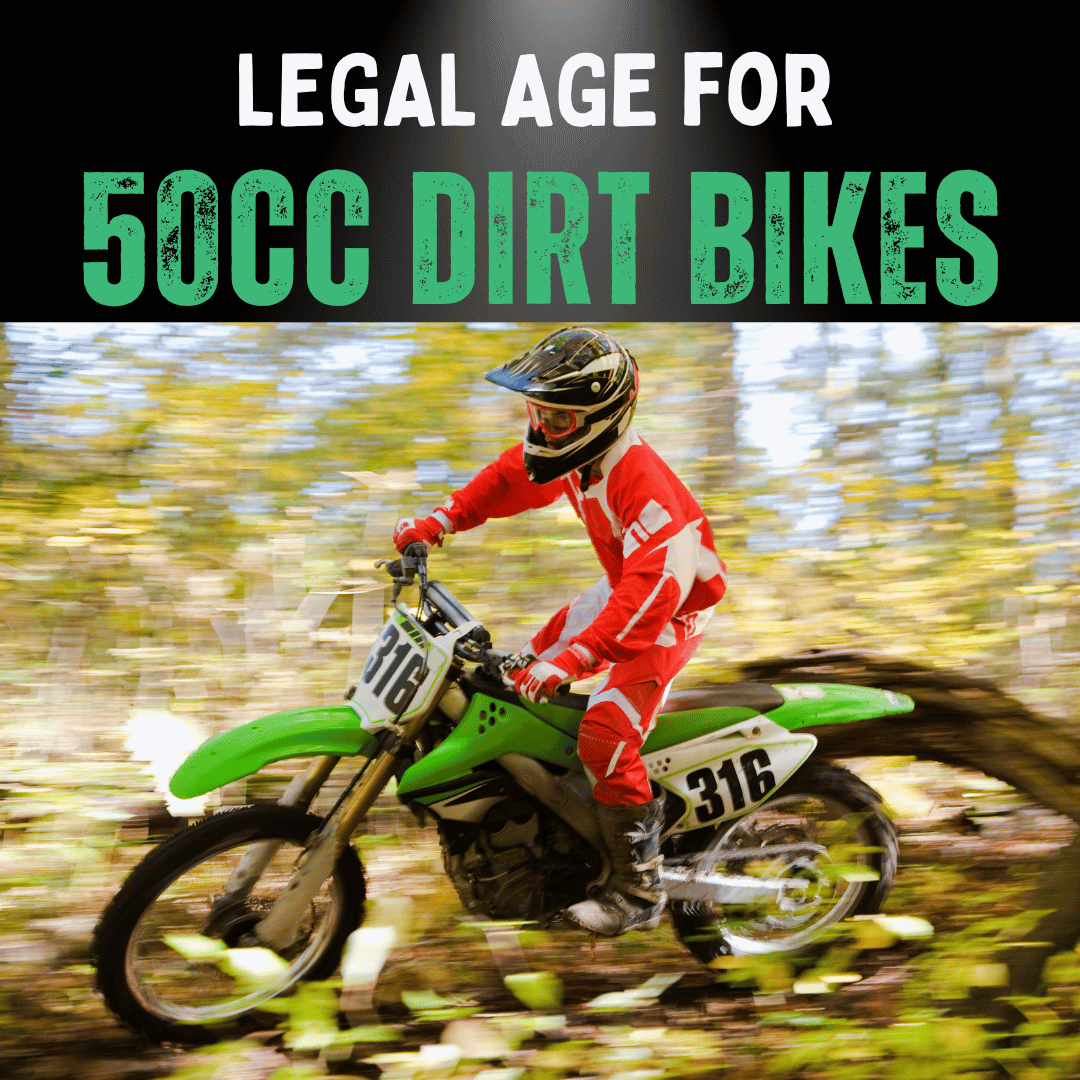
Updated: 25.4.25
Choosing the right motorbike for your child isn't just about the thrill—it's about ensuring a snug fit that prioritises safety, comfort, and control.
Whether you're after a motorbike for a 5 year old boy, a 12V electric motorcycle for a 5-year-old, or a beginner-friendly petrol ride, this guide will help you choose the right fit.
With the market offering a plethora of options, it's easy to feel overwhelmed. But fret not! We'll guide you through selecting the perfect kids motorcycle based on age, height, weight, and experience.
1. Understanding Motorbike Sizes
When it comes to kids' motorbikes, size matters. Engine capacity (measured in cc) determines the bike's power. For young riders, motorbikes typically range from 50cc to 110cc.
Age and Experience Considerations
What's the right size for my child?
A motor bike for a 5 year old is usually a 50cc model, ideal for beginners. As children gain confidence, they can graduate to 90cc and 110cc bikes.
Types of Kids' Motorbikes
- Training Motorbikes: Feature stabilisers, ideal for young beginners.
- Mini Motorbikes: Slightly more powerful, focusing on safety and control.
- Trail Motorbikes: Designed for off-road riding on rough terrain.
- Racing Motorbikes: Built for speed and performance on race tracks.
2. Engine Power, Electric Battery and Handling
Balancing engine power with handling is key, whether you're choosing petrol-powered or electric motorbikes for kids.
Petrol-Powered Bikes
- 50cc: Smooth and manageable for beginners.
- 70cc–90cc: Suitable for kids gaining riding skills.
- 110cc: For confident, experienced young riders.
Electric Motorbike Considerations
- Battery Capacity and Voltage: Affects runtime and speed.
- Motor Power Output: Determines acceleration and top speed.
- Size and Weight Capacity: Ensures stability and safe handling.
- Speed Regulation: Limits suited to your child's experience.
- Training Wheels: Available on models for beginners.
- Brand and Model Differences: Check specs for best fit.
Is It Worth Buying a Kids Motorbike?

3. Height and Weight Factors
Wondering what size motorbike for a 10 year old? Kids aged 9–11 often fit bikes with 70cc–110cc engines, depending on their height and experience.
Motorbike Sizing Chart
| Child Age | Child Height | Bike Seat Height | Engine Size (cc) |
|---|---|---|---|
| 3–7 years | 2ft 7in – 3ft 7in | 17–21 inches | 50cc |
| 7–12 years | 3ft 7in – 4ft 7in | 21–25 inches | 50cc–110cc |
| 12–14 years | 5ft–5ft 2in | 31–35 inches | 125cc |
| 14–16 years | 5ft 2in – 5ft 8in | 35–38 inches | 125cc–250cc |
Frequently Asked Questions
What's the best 12V motorcycle for a 5 year old?
Look for models with stabilisers and a 30kg+ weight capacity. They’re great beginner bikes with safe top speeds and good runtime.
What's the difference between a motorcycle and motorbike for a 5 year old?
Both terms are often used interchangeably. "Motorbike" is more common in the UK, while "motorcycle" tends to be global. Both refer to small ride-on two-wheelers for kids.
Can a 5 year old ride a petrol motorbike?
Yes, many petrol-powered 50cc motorbikes are designed specifically for children aged 5 and above, with safety and size in mind.
Get in Touch 🚀
Loved our guide on “What Size Kid's Motorbike Should I Buy?”? Visit RiiRoo.com for more wheely-awesome advice or chat live with us!
Check Out Our Kids Ride-On Motorbikes




Share:
How Many Miles Do Motorcycles Last? The Highest Mileage
Is It Worth Buying An Electric Scooter in 2025?